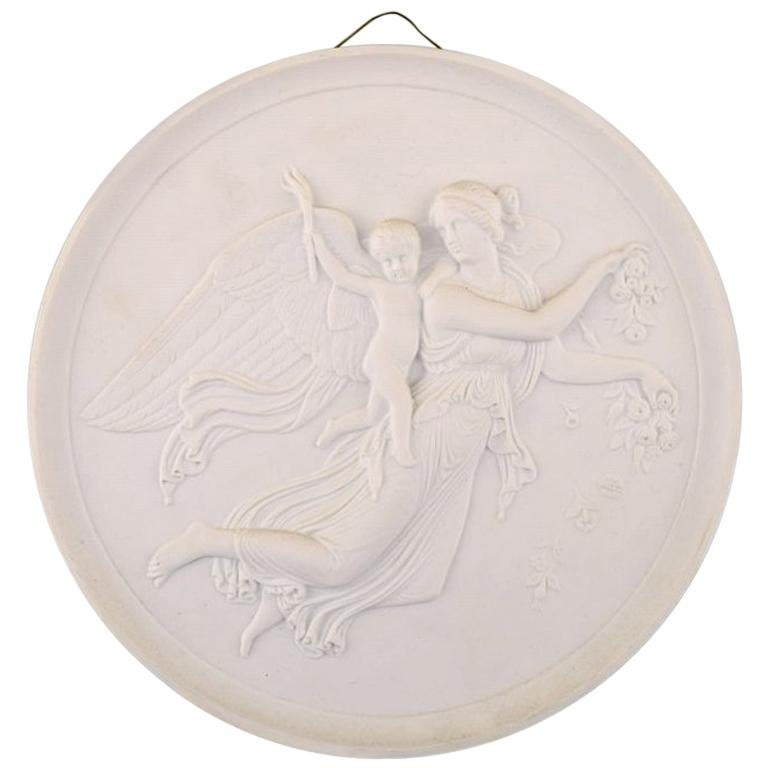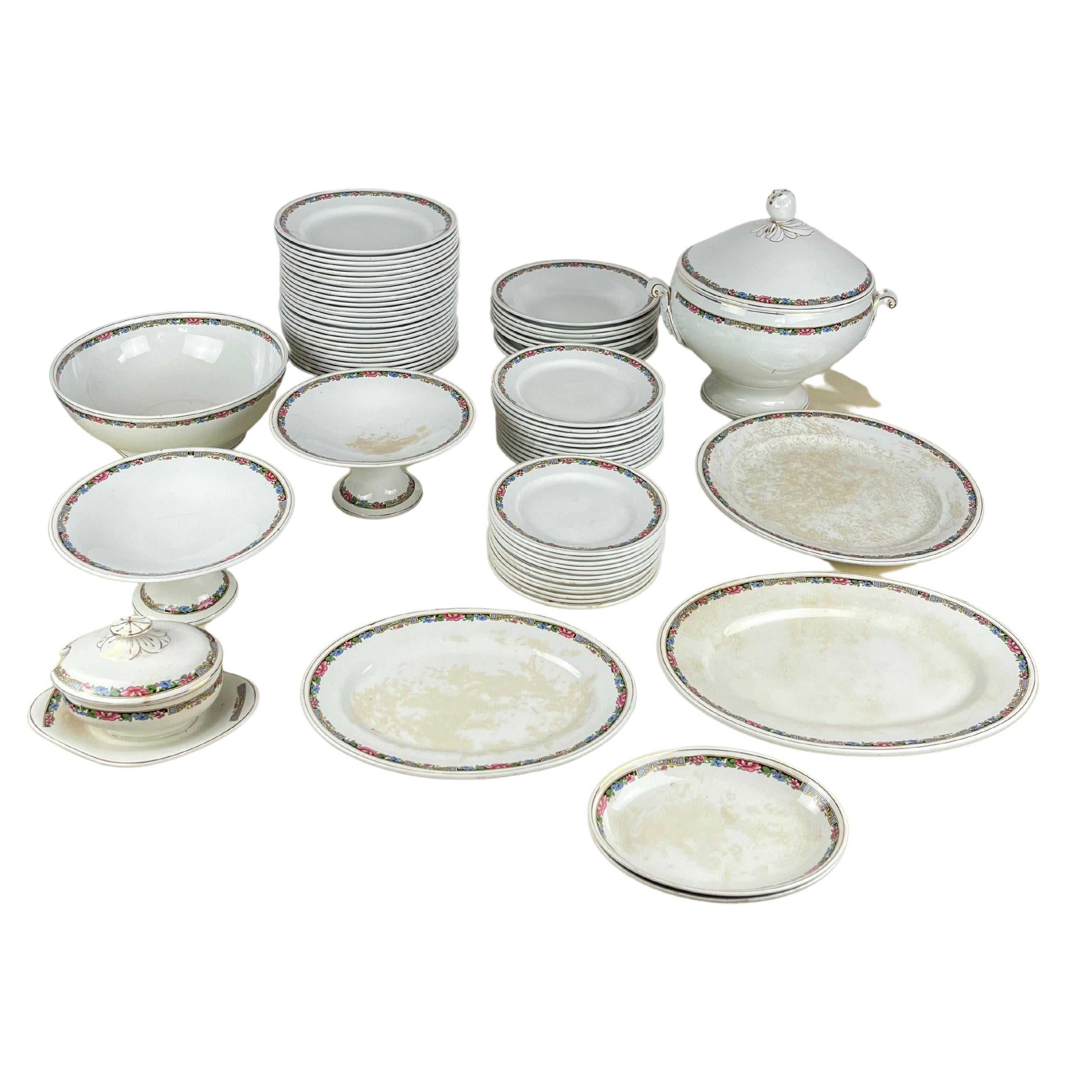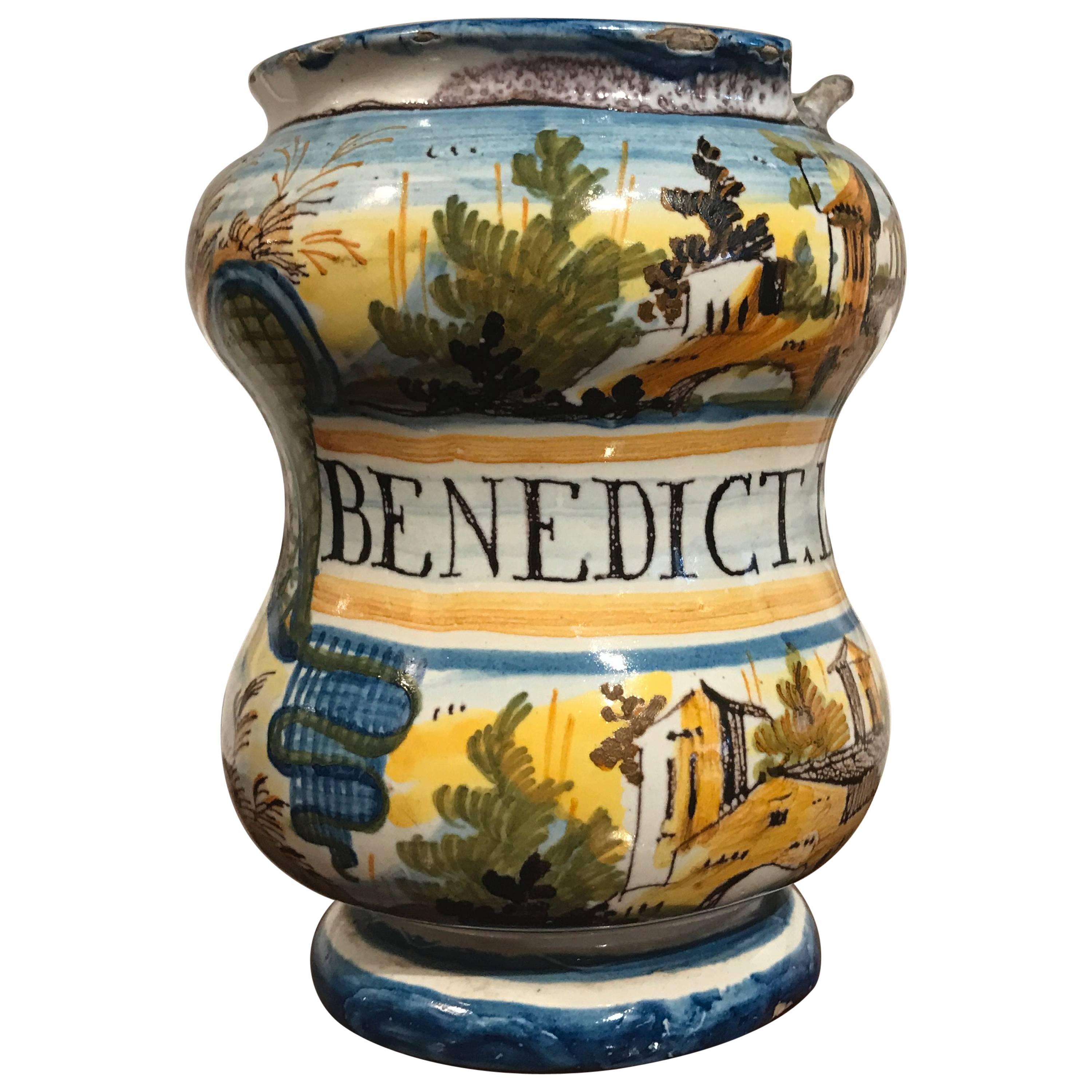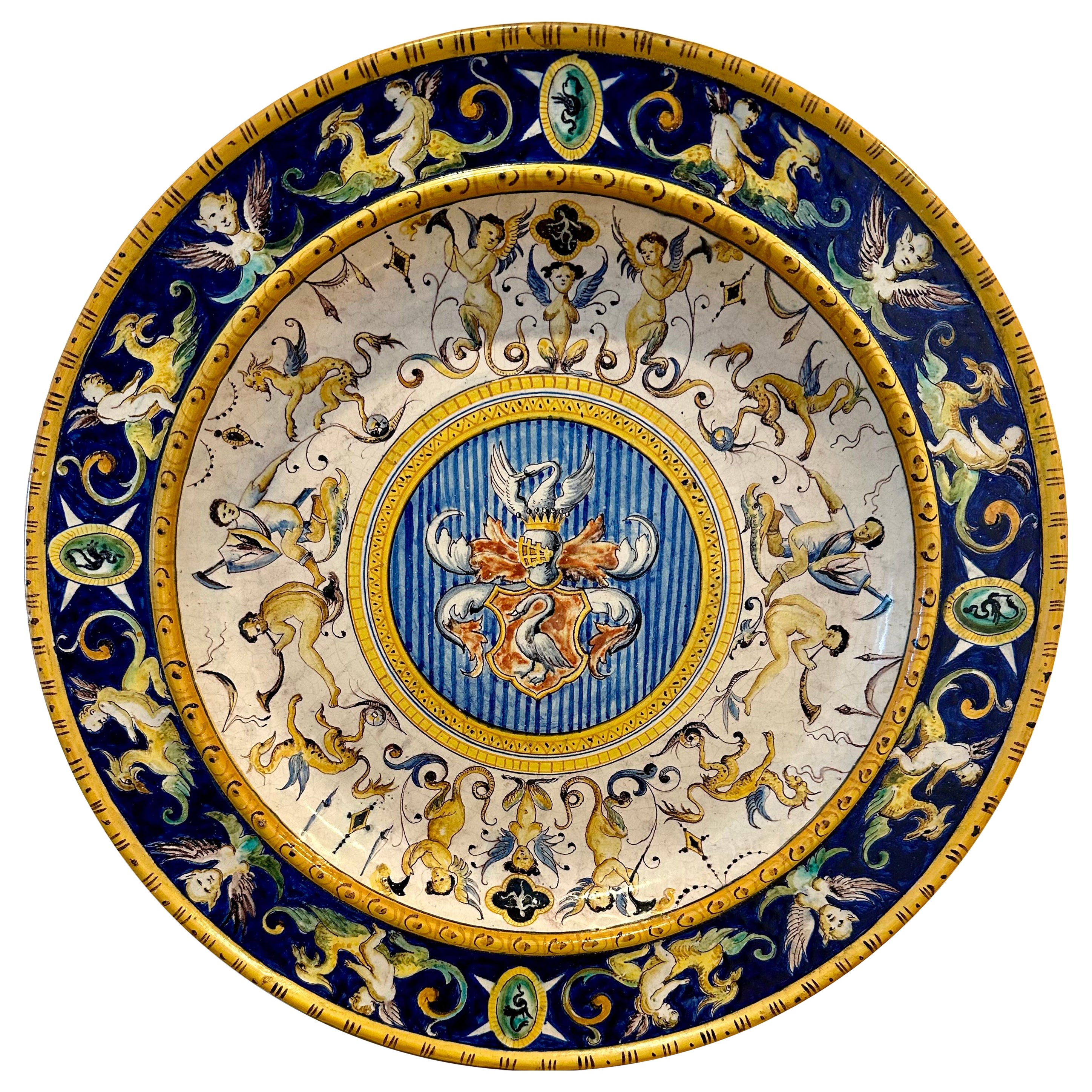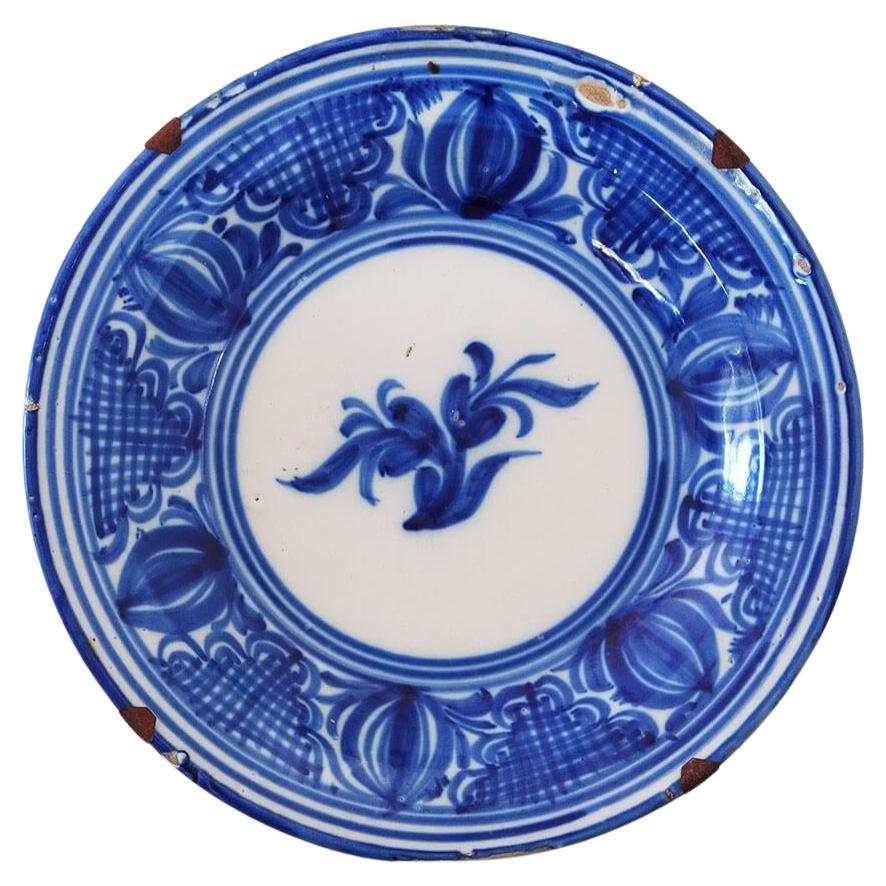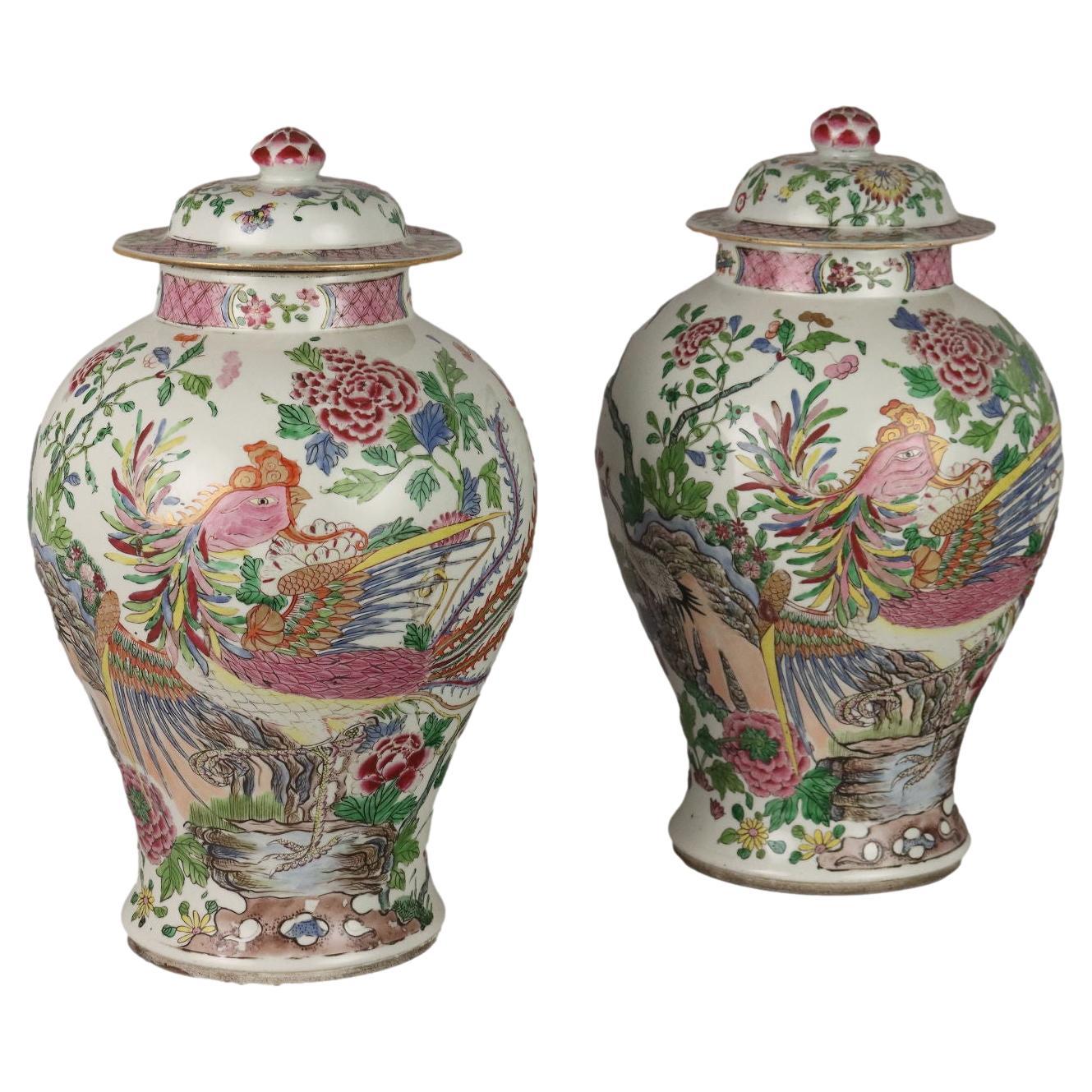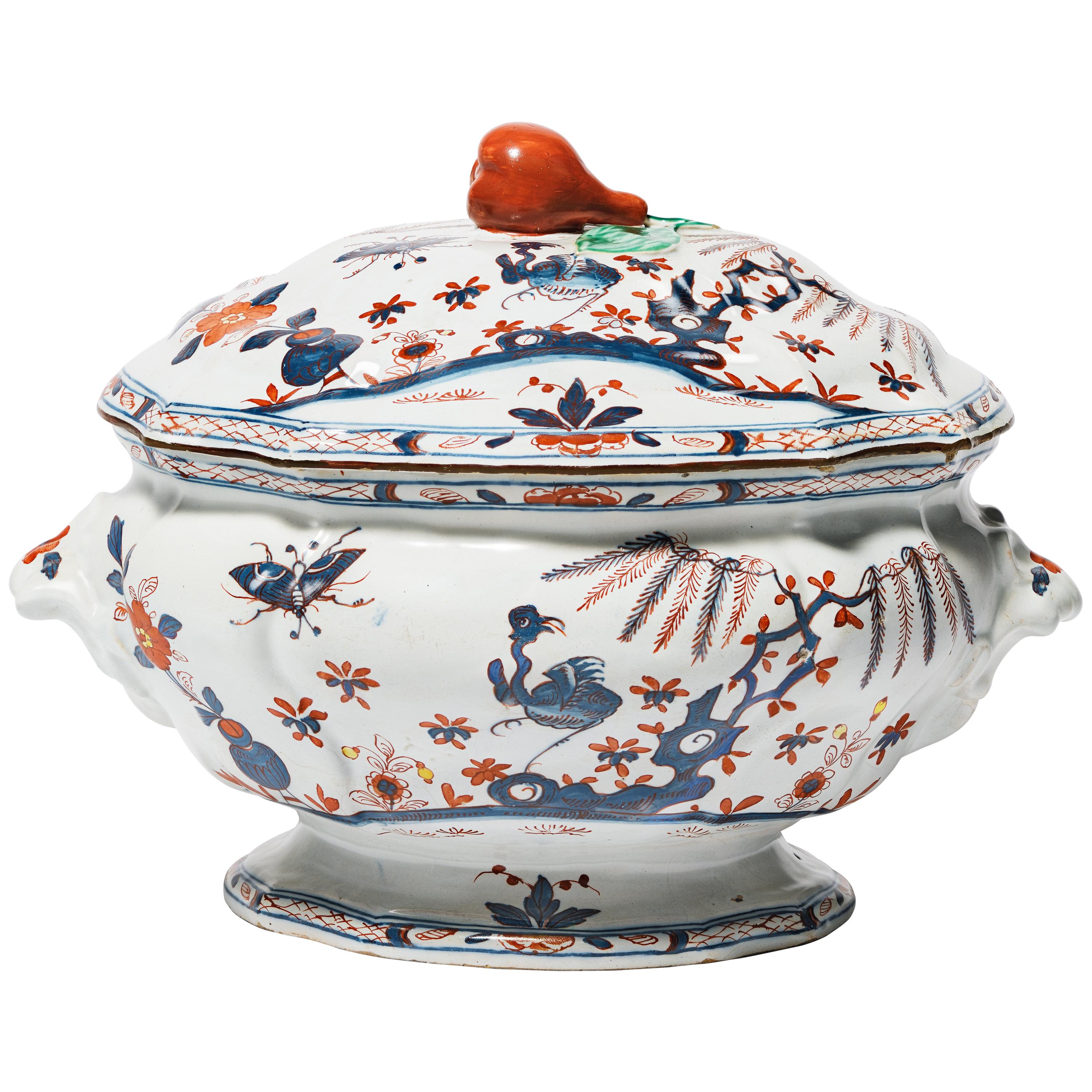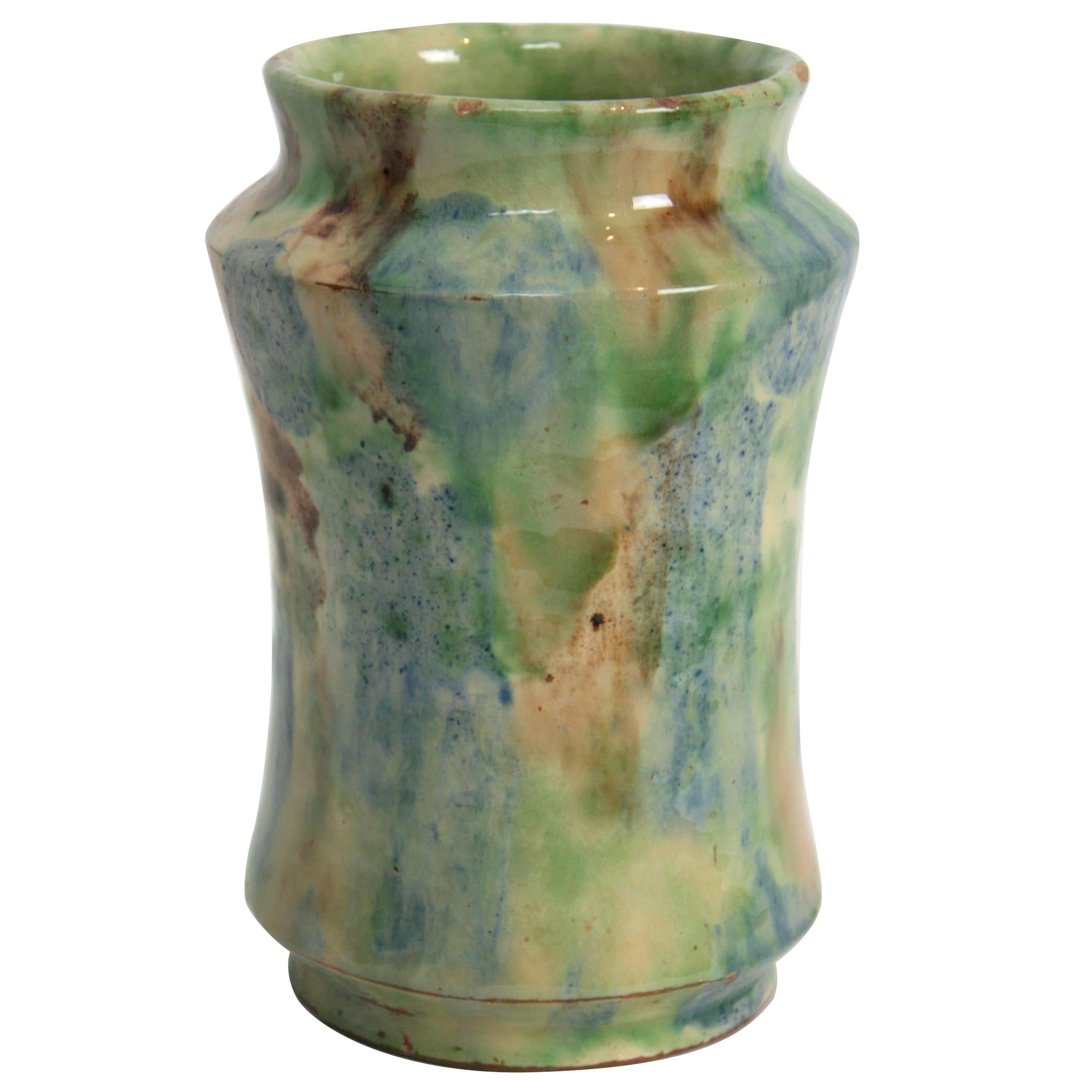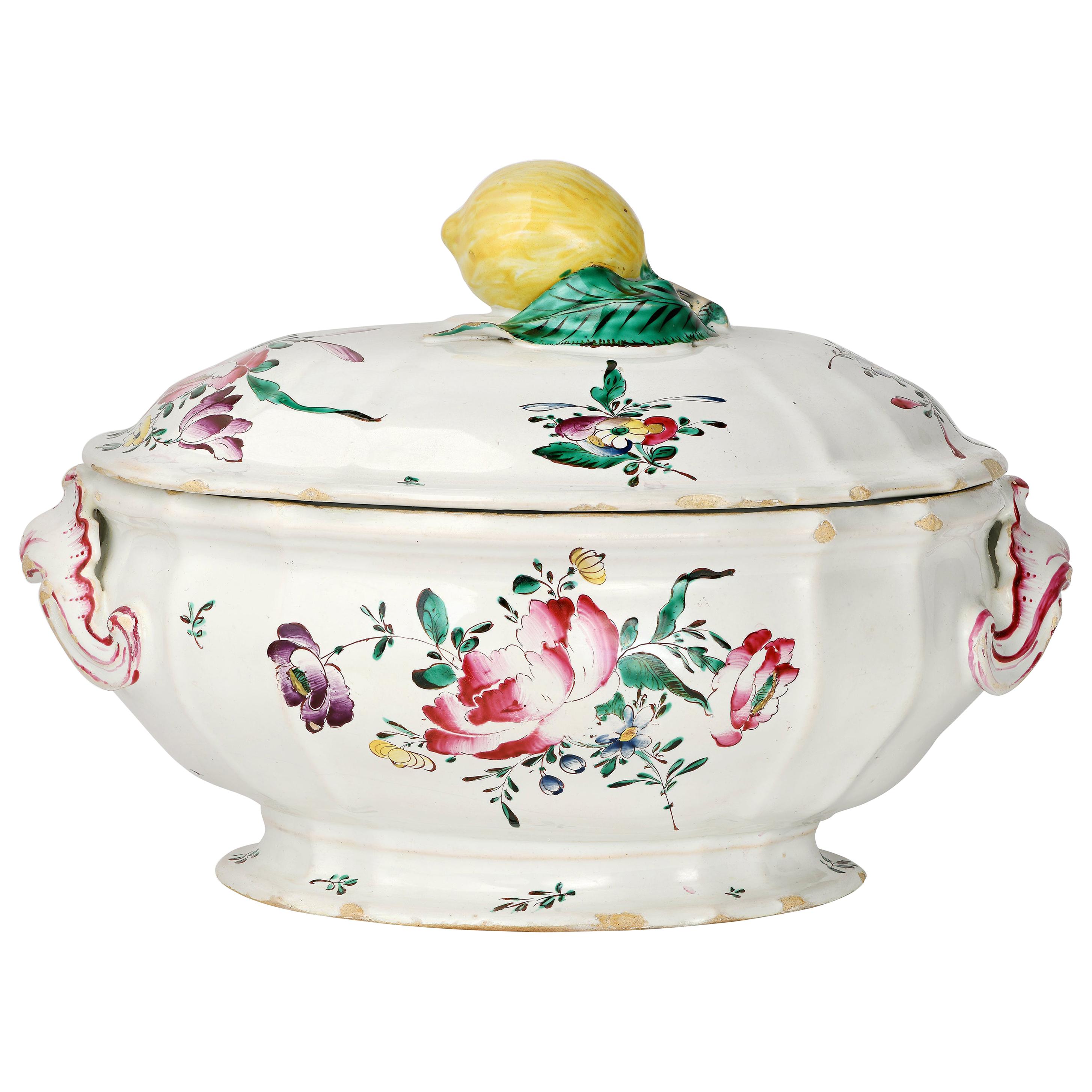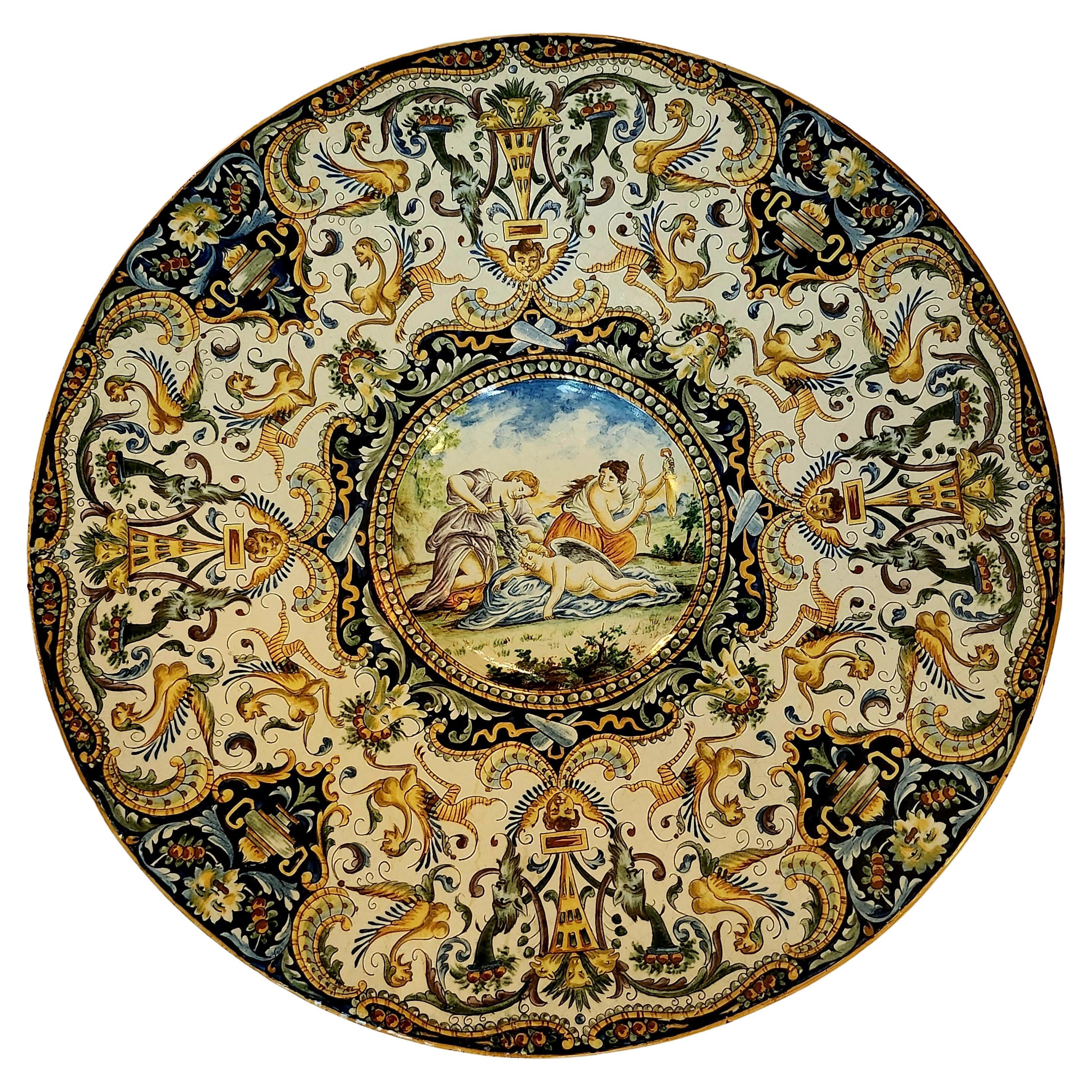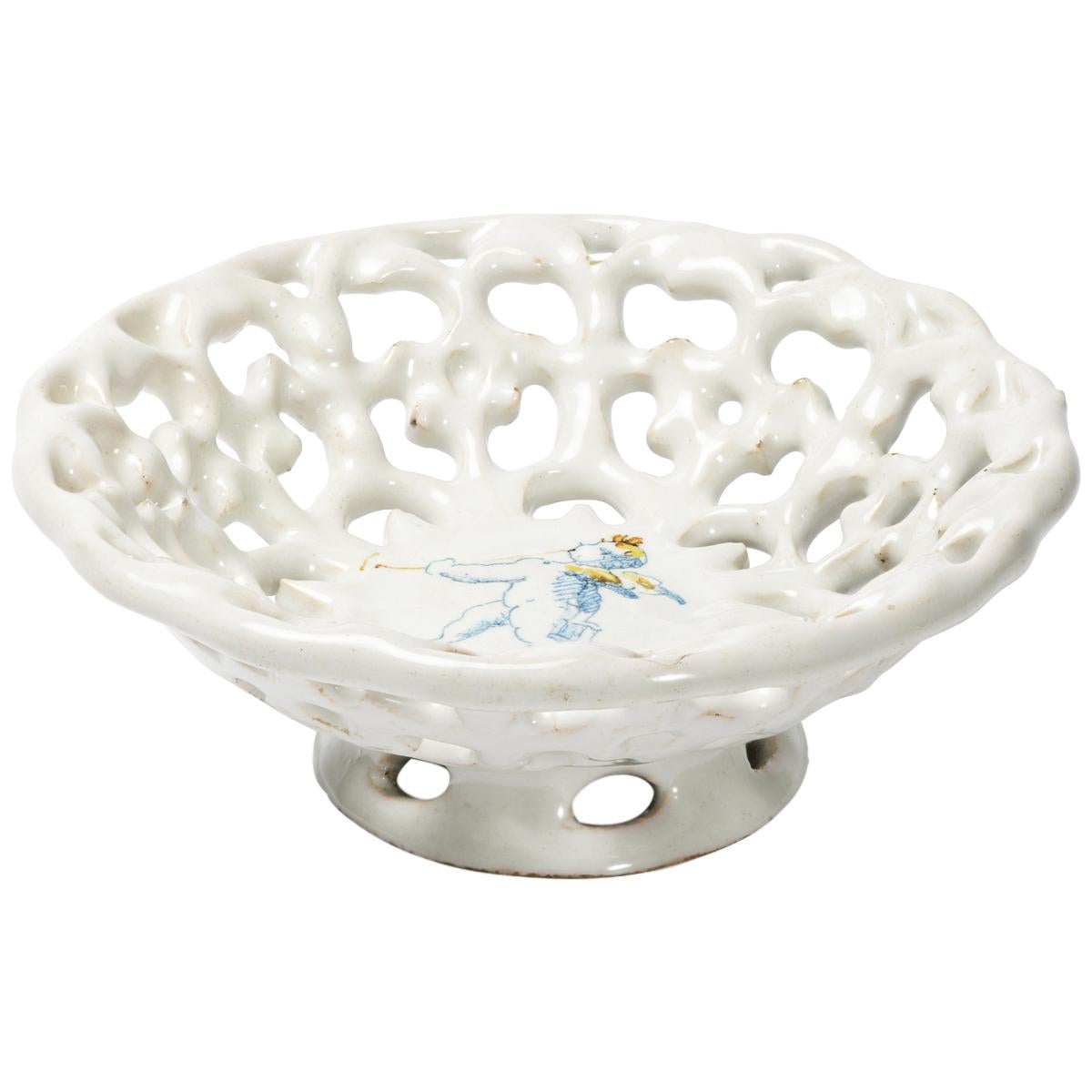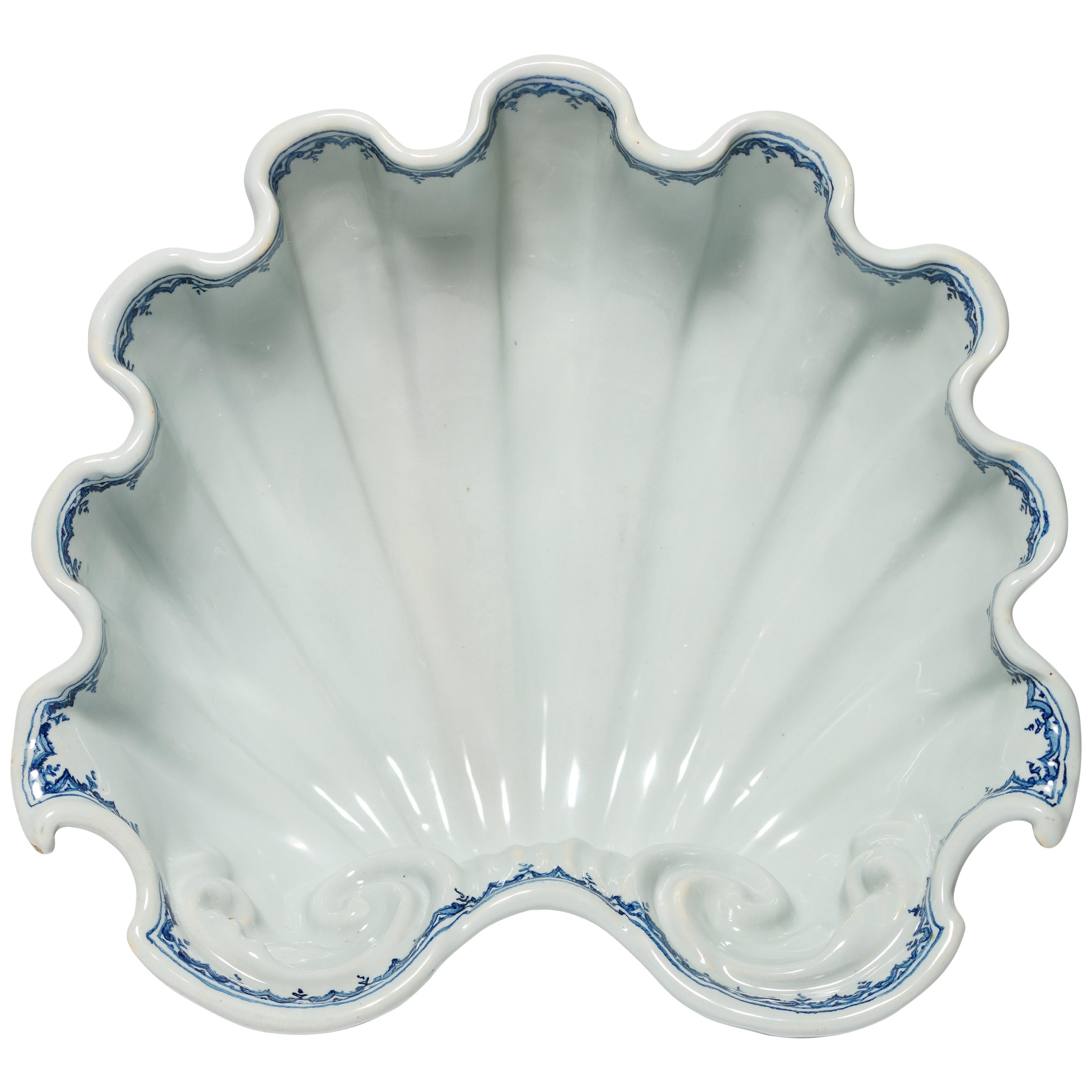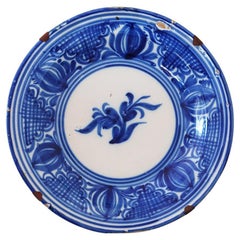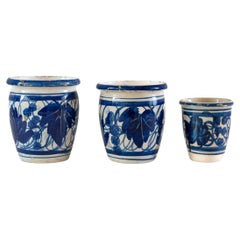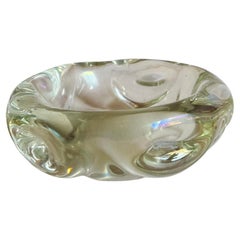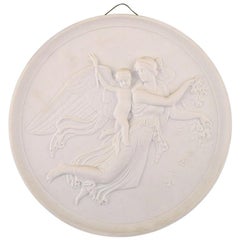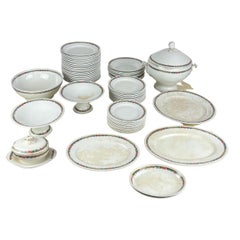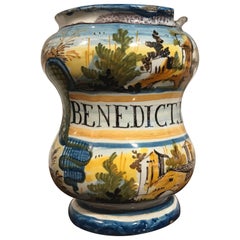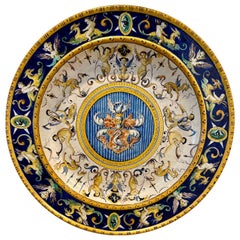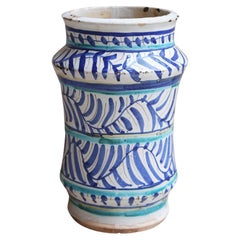
Turquoise Maiolica Italian Albarello Late, 1800s
View Similar Items
Want more images or videos?
Request additional images or videos from the seller
1 of 9
Turquoise Maiolica Italian Albarello Late, 1800s
About the Item
- Dimensions:Height: 8.27 in (21 cm)Width: 5.12 in (13 cm)Depth: 5.12 in (13 cm)
- Style:Greco Roman (Of the Period)
- Materials and Techniques:
- Place of Origin:
- Period:
- Date of Manufacture:Unknown
- Condition:Wear consistent with age and use.
- Seller Location:Florence, IT
- Reference Number:1stDibs: LU8425233421452
About the Seller
5.0
Gold Seller
Premium sellers maintaining a 4.3+ rating and 24-hour response times
Established in 2019
1stDibs seller since 2023
42 sales on 1stDibs
Authenticity Guarantee
In the unlikely event there’s an issue with an item’s authenticity, contact us within 1 year for a full refund. DetailsMoney-Back Guarantee
If your item is not as described, is damaged in transit, or does not arrive, contact us within 7 days for a full refund. Details24-Hour Cancellation
You have a 24-hour grace period in which to reconsider your purchase, with no questions asked.Vetted Professional Sellers
Our world-class sellers must adhere to strict standards for service and quality, maintaining the integrity of our listings.Price-Match Guarantee
If you find that a seller listed the same item for a lower price elsewhere, we’ll match it.Trusted Global Delivery
Our best-in-class carrier network provides specialized shipping options worldwide, including custom delivery.More From This Seller
View AllSigned Early 1800s Sicilian Plate with Flower
Located in Florence, Tuscany
This beautiful sicilian plate was made in the early 1800s. It has been hand painted and hand-glazed with a wonderful flower and pattern surround. The i...
Category
Antique Early 19th Century Italian Decorative Bowls
Materials
Ceramic
Set of Three Hand-painted Ceramic Pugliese Pots late 1800s
Located in Florence, Tuscany
A wonderful set of hand-painted and hand-made ceramic pots from Puglia. The three have been hand-painted with deep blue leaf patterns and are utterly gorgeous. It is very rare to fin...
Category
Antique Early 19th Century Italian Urns
Materials
Ceramic
1960s Murano Glass Turquoise 'Wobbly' Bowl
By Archimede Seguso
Located in Florence, Tuscany
A truly beautiful hand-blown Murano glass transparent bowl blown in an uneven 'wobbly' shape with beautiful folds and curves. This bowl is in good condition.
Category
Vintage 1960s Italian Figurative Sculptures
Materials
Glass, Art Glass, Blown Glass
1950s Extra Large Turquoise Blue Soda Bottle
Located in Florence, Tuscany
1950s Green Soda Bottle with the name of the (bar) owner - Rocco Chiari on the front and Aqua di Seltz on the back. A spectacular decorative piece for a home bar and display.
Category
Vintage 1950s Italian Barware
Materials
Metal
1970s Armando Poggi Italian Glass Bowl
By Amando Poggi
Located in Florence, Tuscany
A very small glass bowl perfect for a dressing table or desk. With orginal Armando Poggi, Firenze sticker on the base.
Category
Vintage 1970s Italian Glass
Materials
Glass, Art Glass, Blown Glass, Murano Glass
1970s Italian Ceramic Gold Pineapple Lamp
Located in Florence, Tuscany
A 1970s gold painted ceramic lamp with spiky pineapple shape. The gorgeous piece has the original Italian plug and light switch as photographed...
Category
Vintage 1970s Italian Table Lamps
Materials
Blown Glass, Murano Glass
$708 Sale Price
20% Off
You May Also Like
Royal Copenhagen Relief by Thorvaldsen, 'Day', Biscuit, Late 1800s
Located in Copenhagen, DK
Royal Copenhagen relief by Thorvaldsen, 'day', biscuit.
Late 1800s.
Diameter: 26 cm.
In perfect condition.
1st. factory quality.
Category
Antique Late 19th Century Danish Neoclassical Ceramics
$352 Sale Price
20% Off
70-Piece Ceramic Dinner Service, San Cristoforo Richard Ginori. late 1800s
Located in Palermo, IT
70-piece ceramic dinner service, San Cristoforo Richard Ginori, made in Italy, late 1800s (1873-1896)
This company manufactured from 1873 to 1896, so this set was produced in this t...
Category
Antique 1890s Italian Ceramics
Materials
Ceramic
$1,111 Sale Price / set
52% Off
18th Century Italian Waisted Albarello
Located in Stamford, CT
An Italian Baroque Castelli albarllo, also known as a pharmacy or drug jar. It held 'Benedict Laxat' listed as far back as Aristotle as a medication used in by midwives. Beautifully decorated with buildings in landscapes in the free, almost impressionistic style typical of Castelli Maiolica...
Category
Antique 18th Century Italian Baroque Ceramics
Materials
Ceramic
Italian Cantagalli Maiolica Large Plate with family noble emblem, Late 19th C.
By Cantagalli
Located in CH
Italian Cantagalli Maiolica Large Plate with family noble emblem, Late 19th Century
During the 19th century Renaissance-Revival period the Cantagalli Maiolica and ceramic factory near Florence produced authentic copies of Renaissance Maiolica using traditional methods of tin glazing earthenware.
This large Maiolica plate from the late 1800s is marked on the back with the symbol of the Rooster, which indicates that it was created by the Cantagalli ceramics factory. The plate is decorated in the center with the noble emblem of the house of Frederick Stibbert, a well-known late 19th century English/Italian collector of ancient weapons...
Category
Antique Late 19th Century Italian Renaissance Revival Ceramics
Materials
Ceramic, Maiolica
Pair of Potiches in the Manner of Edmè Samson France Late 1800s Early 1900s
By Non-Standard Furniture and Lighting
Located in Milano, IT
Pair of porcelain potiches with polychrome decoration depicting flowering branches, peonies and birds. Taken in bud.
Category
Antique Late 19th Century French Other Ceramics
Materials
Porcelain
Ancient Italian Maiolica Tureen Milano, 1770 circa
By Felice Clerici, Pasquale Rubati
Located in Milano, IT
Maiolica tureen “allo struzzo” (ostrich decoration)
Milan, Felice Clerici or Pasquale Rubati factory, circa 1750-1780
Measures: 9.25 in x 12.79 in x 10.23 in (cm 23.5 x cm 32.5 x cm 26)
lb 4.78 (kg 2.17)
State of conservation, a felûre consolidated inside with slight edge chipping restored.
In Milan in the 18th century two Majolica warehouses were opened, the first, by Felice Clerici, in 1745, the second in 1756 by Pasquale Rubati.
Traditionally this type of decoration has been attributed to the Pasquale Rubati factory. In reality the motif “allo struzzo”, one of the clearest examples of how the taste for chinoiserie met with considerable success during the 18th century, had been produced, in specimens of greater or lesser quality, by both Milanese manufactories.
This Maiolica tureen has a swollen and ribbed oval bowl, rests on an extroflexed foot and shows stirrup handles.
The tri-color ornament, in the typical tones of Japanese "Imari" decorations, shows an idealized oriental landscape that develops around a perforated rock and has a willow tree with long lance-shaped leaves framing the long-legged bird figure. The ornamentation is enhanced by decorative elements such as butterflies, small florets and a vase with a thin flowery stem.
The lid is ribbed with a pear-shaped knob on top.
The decoration was called in the Milanese manufactories "allo struzzo" (ostrich decoration) and this refers to the oriental figure Xian He or the crane, symbol of longevity, here losing its symbolic value. It is hypothesized that among some 16th century engravings...
Category
Antique 1770s Italian Chinoiserie Ceramics
Materials
Maiolica
